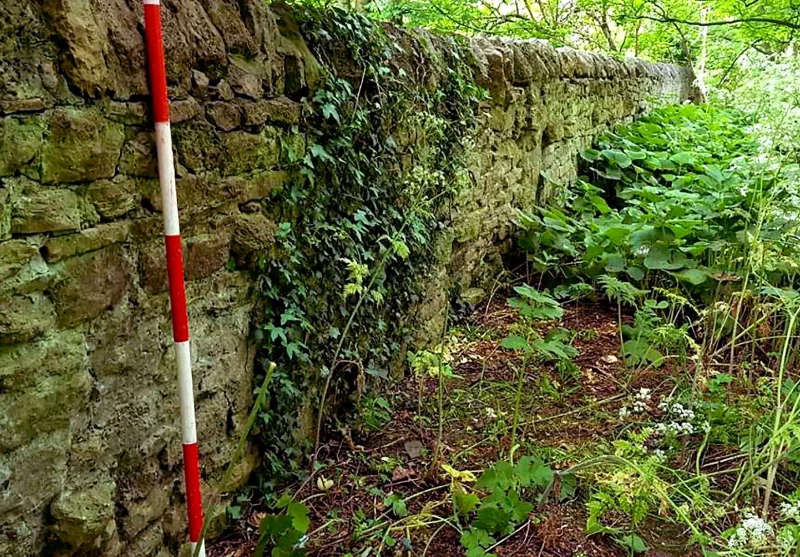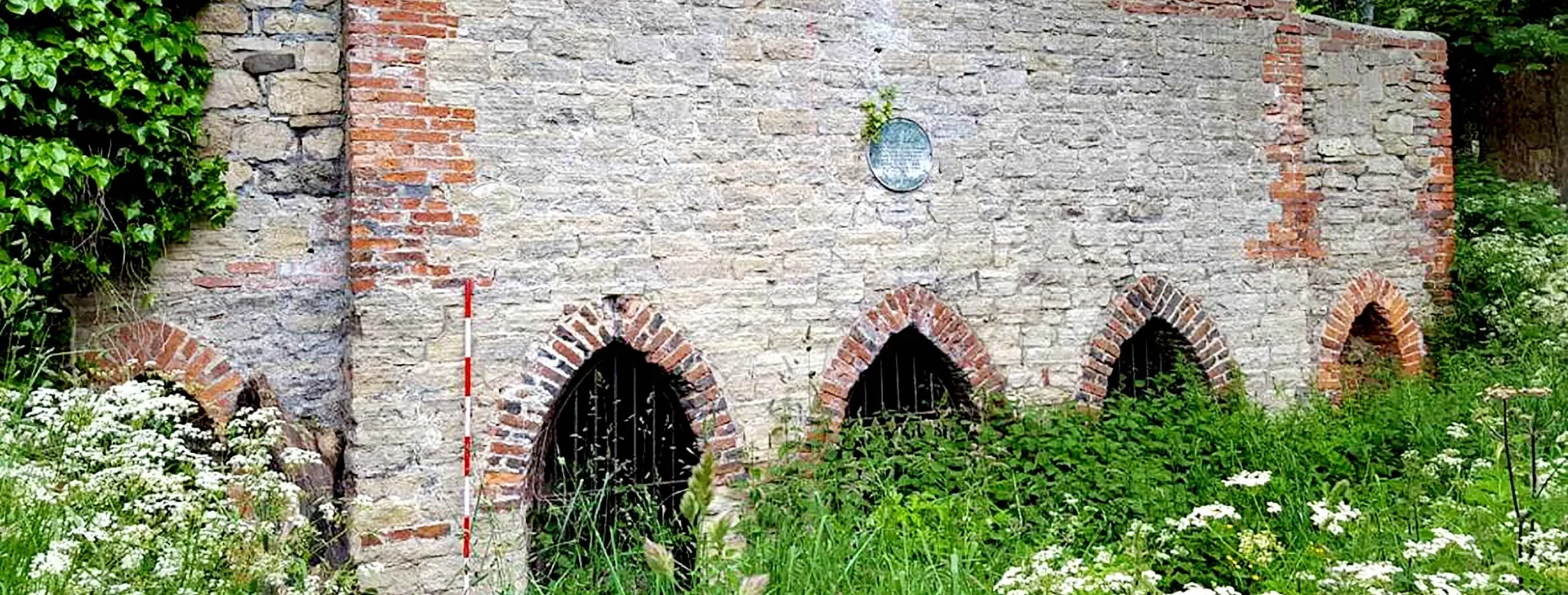Ecus Archaeology prepared a Heritage Assessment and Statement of Significance for Coulthard Park, South Tyneside, to inform the restoration and rejuvenation of the municipal park.
Coulthard Park lies at the centre of Cleadon Village, covering an area of approximately 3.15ha and it is all that remains of the former park and pleasure gardens associated with the Grade II listed Cleadon House. The house was built in the early 18th century for the influential and successful Newcastle glassmaker John Dagnia. The park was originally for about 12.5ha to the rear (south) of the house and featured terraced lawns, fruit wall, shelterbelt planting, views and vistas and a series of water features, the largest of which was an ornamental lake overlooked by a picturesque gothic grotto.
Later owners of the house and estate included John Cookson, the Greys of Howick and the Reverend George Abbs, who were all members of influential north-east families. The Reverend George Cooper Abbs lived in the property in the latter half of the 19th century and was renowned as a keen amateur geologist and natural scientist. He allowed the park to become overgrown to provide habitat for a range of birds, flora and fauna. Following his death, the estate was sold and in the early 20th century was divided up into the first of a series of housing developments which now form the Plantation Estate.
Unfortunately, very little of the 18th-century garden survives and the house and grounds no longer form a cohesive unit. Gravel extraction in the 1930s, and subsequent land reclamation, destroyed much of the evidence at the northern end of the site, and later tree growth has further compromised both the visual and contextual relationship between the house and park. Despite this, echoes of the former grandeur of the site remain, and might be enhanced through both design and interpretation.

The surviving elements include a section of estate wall on the east side of the park, residual earthworks associated with the former water features, and the wonderful Grade II listed grotto. The grotto’s design combines both classical and gothic elements and is typical of the Picturesque style popular in the mid-18th century. The site is important not only in terms of its relationship to Cleadon House but also within the wider context of north-eastern garden design. There is some circumstantial evidence to suggest that the grotto may have been the work of architect and designer James Paine, who was working at Hardwick Park c.1754–8. Indeed, James Dagnia may have actually introduced the architect to John Burdon, the owner of Hardwick Park, and there are a number of similarities between the two sites although Cleadon is much smaller.
Results
Ecus Archaeology was able to establish the heritage significance of the park, and worked with Sunderland City Council Landscape Design Services to provide a detailed plan to conserve and enhance the park for the enjoyment of all. We were particularly keen to find ways to engage the local community in the heritage of the unique site, recommending a series of heritage and nature trails, education packs for schools, and heritage displays in key locations across the park. At the end of the project, the proposals were put forward to the client South Tyneside Council.

